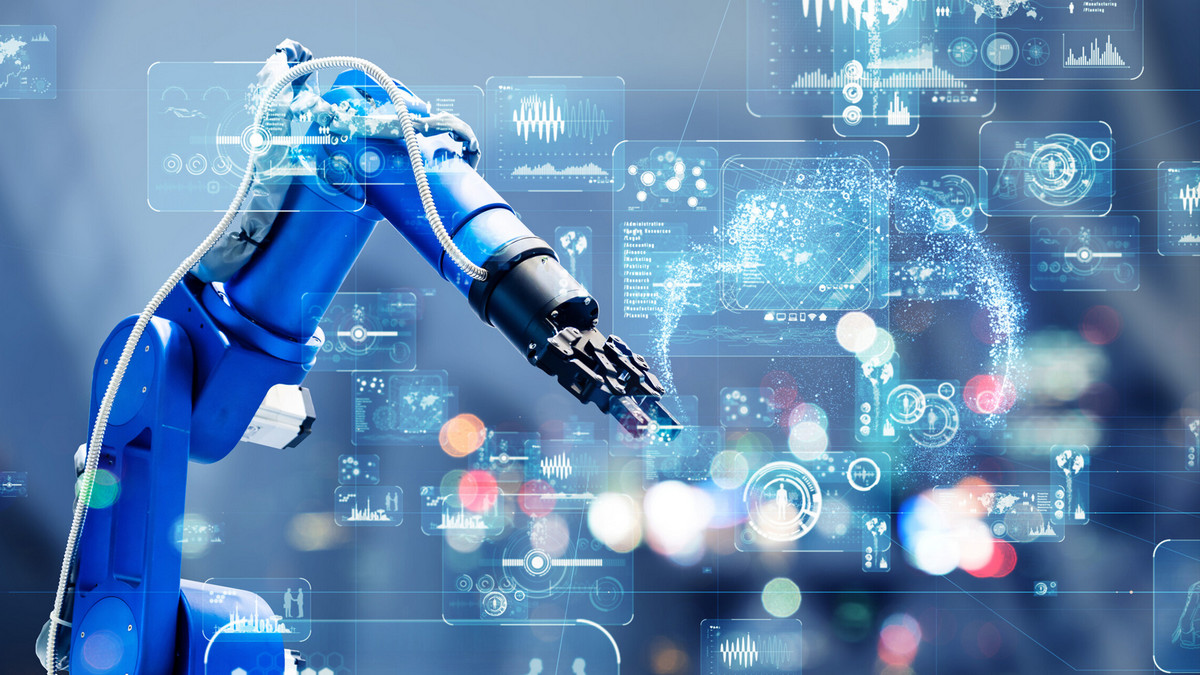The troubles caused by this COVID-19 not only affected everyone's health and safety, but also caused global economic development due to shutdowns, closures, supply chain breaks, and joint losses.
Manufacturers will choose where and how to invest and adjust their operating strategies, which will determine their destiny at the end of this particular crisis and may prepare them for the next COVID-19.
The severe economic downturn has followed the coronavirus epidemic disease that may haunt the United States for as long as a decade, with the US Congressional Budget Office affecting nearly 16 trillion dollars in costs by 2029. The US Congressional Budget Office has issued a report that predicts that it will have a severe impact on the economy in the next two years. The organization expanded this forecast to show that the severity of economic shocks may inhibit growth for a longer period. New estimates show that between 2020 and 2030, the gross domestic product may be US$15.7 trillion lower than the Congressional Budget Office (CBO) expected in January. In the next ten years, this will account for 5.3% of GDP loss. Since the coronavirus brought the United States to a standstill, the economic impact of the blockade and the sharp decline in consumer spending has spread throughout the economy, with more than 42 million workers unemployed.
The Director of the Congressional Budget Office mentioned: "Shutdown and measures to alienate society are expected to reduce consumer spending, and the recent decline in energy prices is expected to severely reduce U.S. investment in the energy sector." The Budget Office said that output losses totaled $7.9 trillion, equivalent to 3% of GDP adjusted for inflation. The agency said this was a sharp decline in GDP caused by the pandemic.
"To avoid the danger of falling into the Great Depression again, the Senate must act with a strong sense of urgency," CBO predicts that GDP will fall by 5% in the first three months of this year. The biggest quarterly decline in history. The agency also released another report detailing the cost estimate of the $340 million COVID-19 rescue bill, which passed the Democratic-controlled House of Representatives in mid-May. The legislation is based on $915 billion in aid to state and local governments, $1200 in subsidies to most American workers, and additional assistance to universities and local school districts.
Due to the ongoing coronavirus disease (COVID-19) crisis, organizations in all industries are forced to shift their strategic focus, internal operations, and external output. In particular, because this pandemic has placed tremendous pressure on manufacturers, manufacturers have seen major changes in demand and challenges to their ability to perform. As manufacturers reorganize their businesses to meet new requirements, they also need to manage the financial and operational disruptions caused by the current global crisis. For manufacturers whose goods and services are not necessary to respond to international COVID-19, the crisis is a threat to survival. For manufacturers engaged in the production of critical supplies such as personal protective equipment (PPE), the challenges are different.
Reduce the negative impact
This crisis has caused a huge change in demand patterns, and manufacturers must adjust to protect themselves. Some people separate shifts and clean all equipment between shifts to reduce the possibility of infection with COVID-19, thereby completely shutting down their operations. Everyone is reorganizing workshop operations to protect employees and actively respond to viruses. For manufacturers that do not provide essentials, managing the financial impact of the crisis is the most critical. Many manufacturers will face loans and credit payments that may put them at risk of bankruptcy. The company will need to adjust cost priorities to pay for these payments, whether it is budget changes, salary adjustments, research, and development, or other changes. With the influence of finance, workshop employees and managers must lay off employees and take vacations. Because manufacturers want to create a profitable remote work infrastructure, prioritizing the employee skills development programs of these affected workers is critical to maintaining a productive workforce, while also adapting to the potential long-term impact of the crisis on the entire industry. Facts have proved that manufacturers who switch to the production of COVID-19 relief materials are at least effective in maintaining labor dedication in solving the PPE shortage in the country. Unfortunately, these financial and operational issues often lead to disruption of the entire supply chain. The entire industry will begin to see a shortage of materials, affecting distribution and logistics at all stages of the value chain. In response, we will begin to see the reorganization of material procurement to achieve a high degree of localization. Manufacturing operations will become more and more agile and will invest heavily in emerging manufacturing processes (such as additive manufacturing). New business and employment models (such as contract staff) will also be adopted to help cut operating costs.
Short-term browsing
Now that we have gotten rid of the initial impact, manufacturers must endure the impact of two stages – each stage has its challenges and desired results. First, manufacturers must do everything they can to keep operations up and running. To this end, the information and communication process with employees, customers, and third-party partners must be simplified to respond to any operational issues in real-time. New digital technology is essential to make it possible. Investments in collaboration kits, chatbots, transportation, and logistics visibility, and other digital tools will allow preventive and proactive communication with all relevant parties to immediately respond to operational crises and even resolve them before the problem occurs. Manufacturers must understand the feedback and needs of employees, partners, and customers in a crisis, and real-time analysis enables those who manage supply chain operations to do this. In addition to providing insights into stakeholder sentiment, analysis can also help minimize unnecessary costs, optimize energy savings, and help inventory turnover and visibility throughout the value chain. Manufacturers also need to invest heavily in remote work infrastructure to stimulate collaboration and productivity across the entire workforce. This is essential for maintaining operational efficiency and plant optimization-ultimately meeting the needs of distant customers. For companies that rely heavily on on-site sales teams, transforming your talents into internal sales roles is critical to stabilizing the company.
The road to recovery and growth
As the dust settles, manufacturers are already looking for ways to rebound and transition to "business as usual", even if the new normal will not reflect the behavior before COVID-19. Manufacturers will need to carefully evaluate customer needs and adjust operations accordingly. Although the task may seem daunting, there is still hope. Manufacturers can use technology to assess, understand, and respond to changing needs and operational disruptions. How manufacturers make decisions, work, attract customers, and collaborate with supply chains and partners has changed forever. Manufacturers will choose where and how to invest, which will determine their destiny at the end of this particular crisis and may prepare them for the next COVID-19. Companies that strategically invest in deeper digital experiences and agile business and operational processes, real-time customer and operational data analysis and long-term restructuring of shop floor operations will eventually find success in this post-popular economy. Seizing this opportunity, by focusing on improving the customer experience, investing in, and using digital technology to make it more flexible and agile in planning new future organizations, it will put itself in the best position for the next few years.














